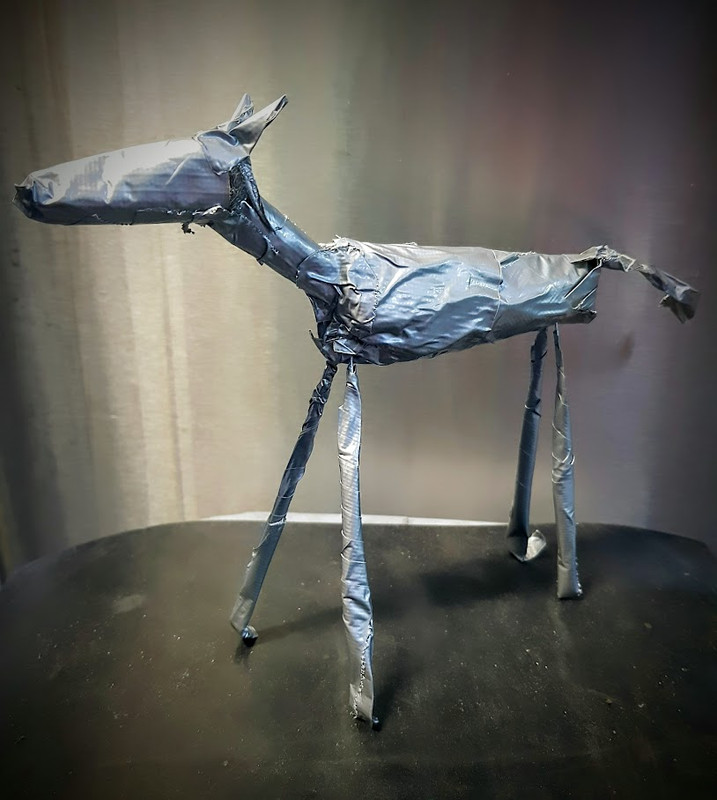- Welcome to Cook'd and Bomb'd.
-
 Kingdom of the Planet of the...
by Midas
Kingdom of the Planet of the...
by Midas
[Today at 06:37:32 PM] -
 Snooker 23/24
by Blue Jam
Snooker 23/24
by Blue Jam
[Today at 06:37:05 PM] -
Simple Minds Stadium Period... by Deskbound Cunt
[Today at 06:32:14 PM] -
 Football Thread 23-24: Part...
by Kankurette
Football Thread 23-24: Part...
by Kankurette
[Today at 06:31:51 PM] -
 Trans Mania: Graham Linehan...
by Ayasakura
Trans Mania: Graham Linehan...
by Ayasakura
[Today at 06:30:45 PM] -
 Pukka Pies for goalposts -...
by Kankurette
Pukka Pies for goalposts -...
by Kankurette
[Today at 06:28:06 PM] -
 Things you should probably...
by Underturd
Things you should probably...
by Underturd
[Today at 06:27:13 PM] -
 I'm an artist therefore I...
by PlanktonSideburns
I'm an artist therefore I...
by PlanktonSideburns
[Today at 06:24:14 PM] -
 Glinner: thread for backseat...
by JesusAndYourBush
Glinner: thread for backseat...
by JesusAndYourBush
[Today at 06:22:36 PM] -
 Richie Sunak - The Decline...
by Dr M1nx PhD
Richie Sunak - The Decline...
by Dr M1nx PhD
[Today at 06:16:36 PM]
Members
 Total Members: 17,826
Total Members: 17,826 Latest: skinnylike
Latest: skinnylike
Stats
 Total Posts: 5,585,651
Total Posts: 5,585,651 Total Topics: 106,771
Total Topics: 106,771 Online Today: 1,083
Online Today: 1,083 Online Ever: 3,311
Online Ever: 3,311- (July 08, 2021, 03:14:41 AM)
Users Online
 Users: 108
Users: 108 Guests: 886
Guests: 886 Total: 994
Total: 994 Underturd
Underturd DreadedScotsman
DreadedScotsman Midas
Midas justin_bennett
justin_bennett sardines
sardines DocDaneeka
DocDaneeka machotrouts
machotrouts Jackson K Pollock
Jackson K Pollock mikeyg27
mikeyg27 BritishHobo
BritishHobo George White
George White DelurkedToHelp
DelurkedToHelp Thursday
Thursday AnotherOli
AnotherOli Mr Farenheit
Mr Farenheit Magnum Valentino
Magnum Valentino CS Lewis Jr.
CS Lewis Jr. dazed_and_bemused
dazed_and_bemused Catalogue Trousers
Catalogue Trousers KindaSorta
KindaSorta Phoenix Lazarus
Phoenix Lazarus Egyptian Feast
Egyptian Feast sevendaughters
sevendaughters Zero Gravitas
Zero Gravitas Memorex MP3
Memorex MP3 JuggaloBoi420
JuggaloBoi420 matjam13
matjam13 Greyhound
Greyhound Ayasakura
Ayasakura Wayman C. McCreery
Wayman C. McCreery Jumblegraws
Jumblegraws fiesta4eva
fiesta4eva Stone Cold Steve Austin
Stone Cold Steve Austin frajer
frajer Tikwid
Tikwid dredd
dredd Langdale
Langdale hermitical
hermitical Swoz_MK
Swoz_MK Pink Gregory
Pink Gregory Nice Relaxing Poo
Nice Relaxing Poo Speak
Speak GMTV
GMTV Dog Botherer
Dog Botherer TommyTurnips
TommyTurnips paddy72
paddy72 Deskbound Cunt
Deskbound Cunt dissolute ocelot
dissolute ocelot Chairman Yang
Chairman Yang FredNurke
FredNurke Sarnie Rudeboy
Sarnie Rudeboy Norton Canes
Norton Canes Kankurette
Kankurette Buelligan
Buelligan bob bobsson
bob bobsson Poobum
Poobum checkoutgirl
checkoutgirl greenman
greenman Small Potatoes
Small Potatoes Jack Shaftoe
Jack Shaftoe Johnny Van Axel Dongen
Johnny Van Axel Dongen Heid The Baw
Heid The Baw Gambrinus
Gambrinus Scarvix
Scarvix Fru
Fru Dr Rock
Dr Rock The Always Red Society
The Always Red Society crankshaft
crankshaft Steven88
Steven88 dinglebonce
dinglebonce RFT
RFT Cuellar
Cuellar PlanktonSideburns
PlanktonSideburns Hobo
Hobo DrGreggles
DrGreggles iamcoop
iamcoop Stoneage Dinosaurs
Stoneage Dinosaurs MrT
MrT Uncle TechTip
Uncle TechTip daf
daf JesusAndYourBush
JesusAndYourBush sprocket
sprocket thr0b
thr0b Cleveland Steamer
Cleveland Steamer Ruben Remus
Ruben Remus Gethin Grave
Gethin GraveBasic media servers
Started by touchingcloth, June 07, 2022, 09:27:13 PM
Previous topic - Next topic
User actions

